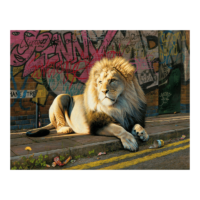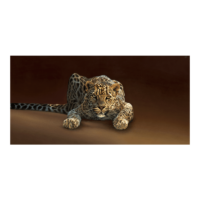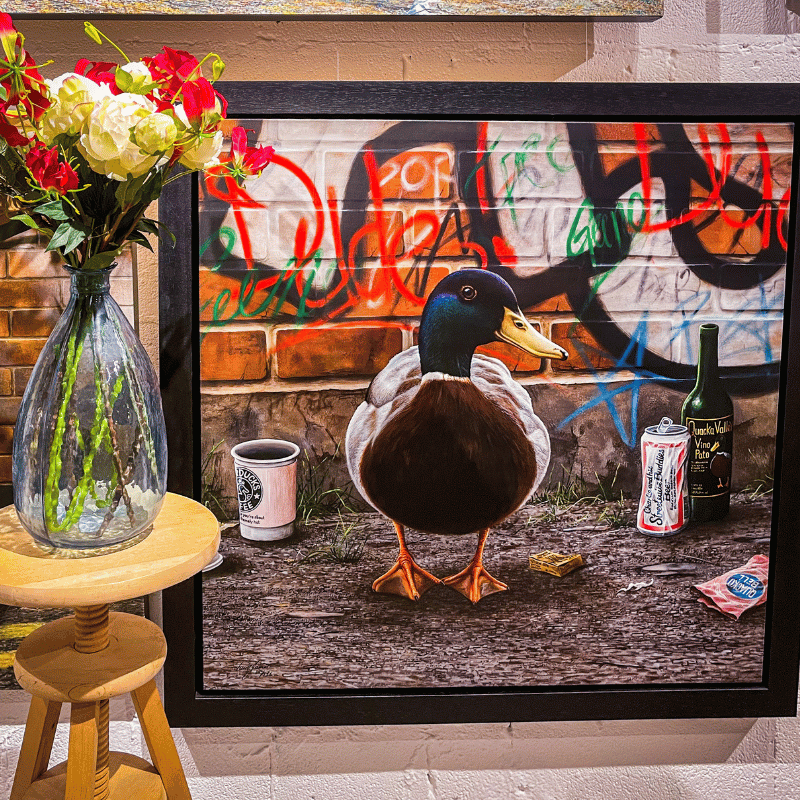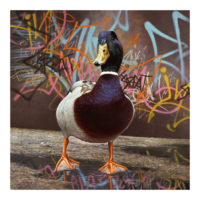Find out more about Paul James, our iconic artworks, the Paul James Gallery & Museum, our unique 'Curator Experience' and so much more...

ART WORLD GALLERY WORKS IDEAS SKILLS EVENTS LOVE GRAFFITI REALISM URBAN
How can we help?
Our Collectors' Favourite Artworks
Browse some of the best selling artworks at the Paul James Gallery...
Follow The Paul James Gallery
Follow us to hear first about latest offers, events and new releases
Personal Service
The magic is in the details. Our Chief Curator is explaining the opportunities offered at The Paul James Gallery.















